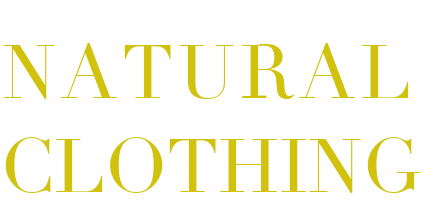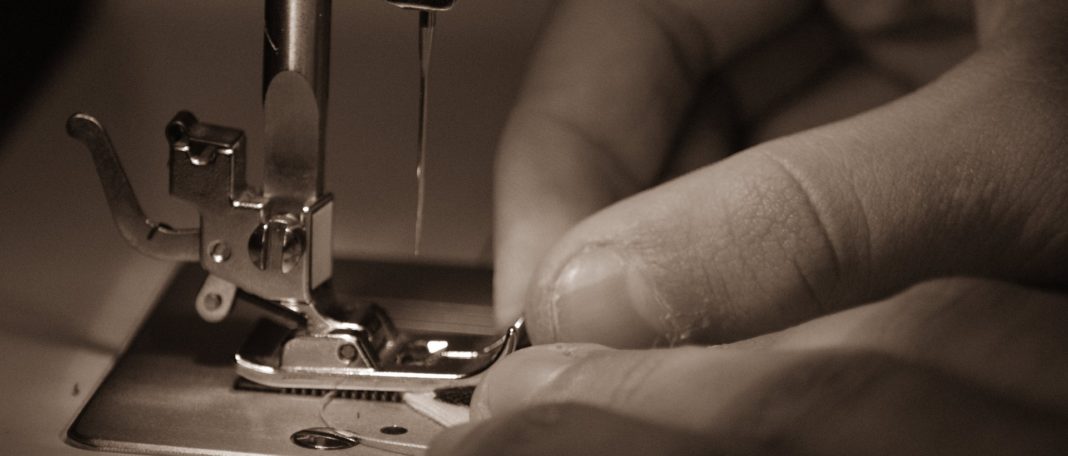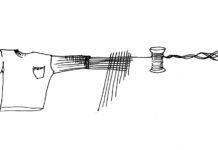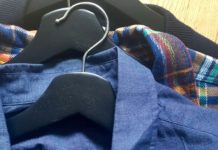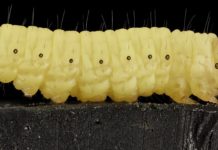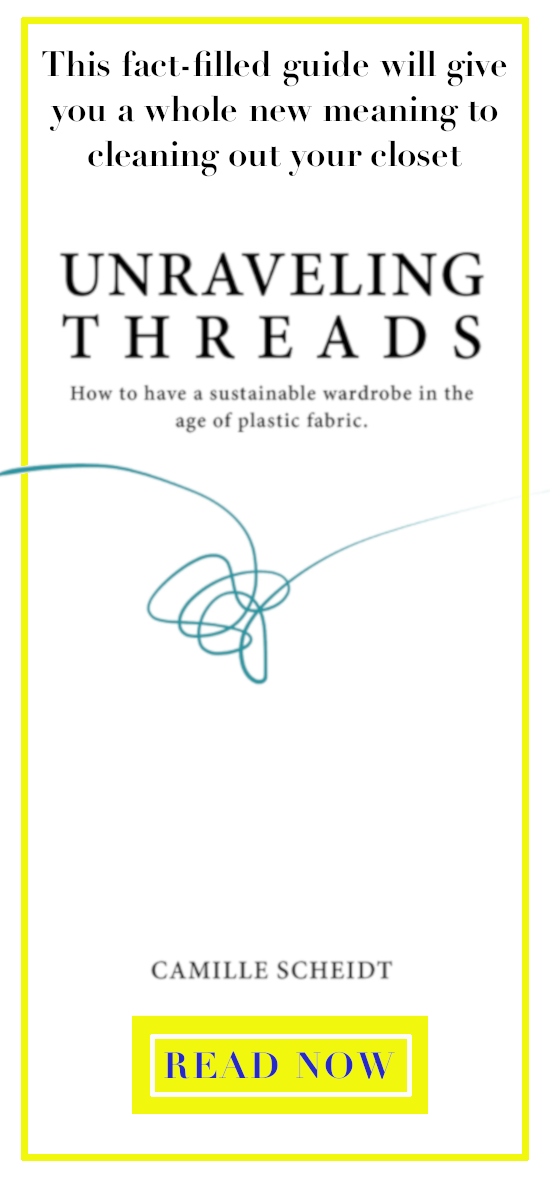A huge question we have as consumers is: are the products I’m buying ethically sourced and produced?
You’ve probably seen a ‘fair trade’ stamp on coffee or tea, but did you know you can also buy fair trade clothing? Finding and verifying producers and sellers of ethical clothing can be complicated, so let’s look into some of the language and standards it describes.
What is ethical clothing?
It’s no secret that the apparel industry is one of the biggest culprits of using slave labor. In order to combat this, it’s important that we know where our clothing comes from every step of the way. It’s crucial we start supporting the rights of workers at every point: from farming, through harvest, processing, sewing, beading, and finishing.
The terms ‘ethical clothing’ or ‘fair trade clothing’ describe the working and trading conditions of employees and producers who make the clothing. Many sellers use these terms interchangeably. They’ve also become somewhat of marketing buzzwords. On the surface level, we’d like to assume that sweatshop labor was not used to make ‘ethical clothing’. We’d also like to assume that employees were treated with respect and dignity, while supplied with safe and healthy working conditions and a fair wage.
However, standards determining what is ‘ethical’ and ‘fair trade’ can vary. Further, many large brands hold contracts with supplying factories that outline standards for ethical working conditions, with no real system to enforce the standards. This is an easy and cheap way for the brands to claim an ethical supply chain, without practicing one.
So how can we know if we’re really buying ethical clothing? An easy and sure way to do this is to buy products that are fair trade certified.
What is fair trade?
Fair trade is a movement with the goal of helping producers in developing countries improve trading conditions and utilize sustainable farming methods. The movement’s initial roots date back to the 1960s. For now, we’ll focus on the standards set by Fair Trade International (FLO). Later on, we’ll dive deeper into standards of Fair Trade USA and FTUSA’s reasons for splitting from FLO.
What standards does Fair Trade International set for ethical clothing?
Fair Trade International is implementing a comprehensive program to better every stage of the textile supply chain and the associated business practices. By engaging both workers and manufacturers, FLO works to increase wages, better working conditions, and ensure long-term commitment to fair trade practices. The resulting practices have positive and lasting social, economical, and environmental effects.
How do workers benefit?
For workers, FLO ensures a number of benefits. FLO standards guarantee fair living wages for workers. Further, the program increases engagement and empowerment of workers by securing status and positions in their company. In addition, FLO requires workplaces meet high standards to ensure occupational health and safety. These standards include structural safety of buildings, use of and access to protective clothing, and proper handling of hazardous materials. There is also clear definition and enforcement of procedures for workers to report grievances. Conditions of employment regarding hours, overtime, and contracts, whether longer term or temporary, are agreed upon and written with transparency. Participants must also support apprenticeship and youth programs. In addition, the standards require training for workers to ensure that all workers are aware of their rights.
You can read the full text here: https://www.fairtrade.net/standards/our-standards/textile-standard.html
How do FLO standards effect the environment?
Fair Trade International sets environmental standards based on the leading health and safety recommendations in the industry. The standards are presented as a working timeline, that allows participating companies to implement them in manageable phases. Each company writes up a plan unique to its situation to meet the goals outlined for each phase. This ensures the company reaches the final goals in a sustainable manner and has a comprehensive understanding of the standards as well as the processes that helped them get there. Most standards are required within the first 1 to 3 years in the Fair Trade program, while some of the standards involving measuring and maintaining practices are at the 6 year mark. Now, let’s look at a quick overview of these standards for sustainability.
FLO standards monitor water and energy consumption, waste management, water and air pollution, and prohibit hazardous substances and procedures. Perhaps most importantly, FLO standards require all participating companies to host environmental management awareness programs to educate all workers. Each company is also responsible for monitoring itself and must appoint an Environmental Officer. You can check out the detailed outline including prohibited substances and timelines through the link above.
To further understand the importance of environmental regulations in the ethical clothing industry, you can learn about the hazardous effects of unregulated clothing processing as it relates to two prime examples in cotton and leather.
